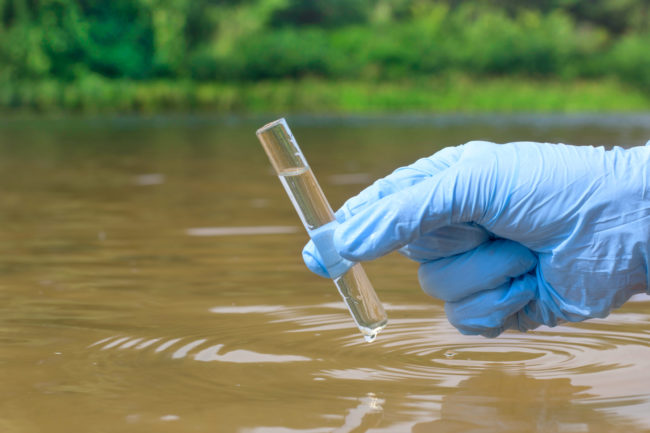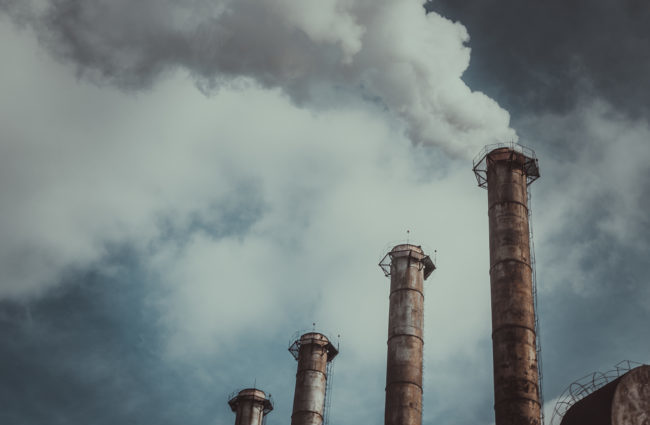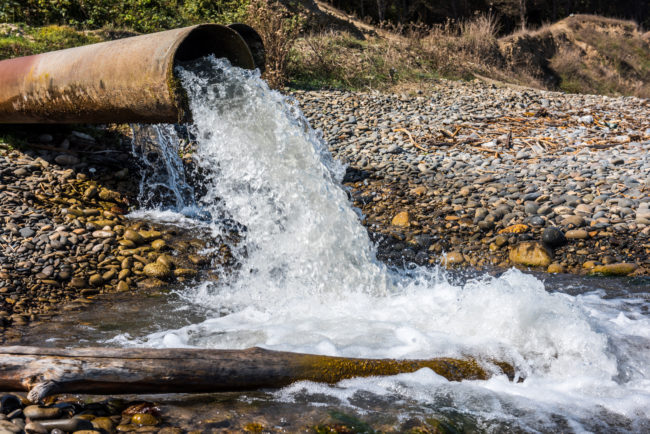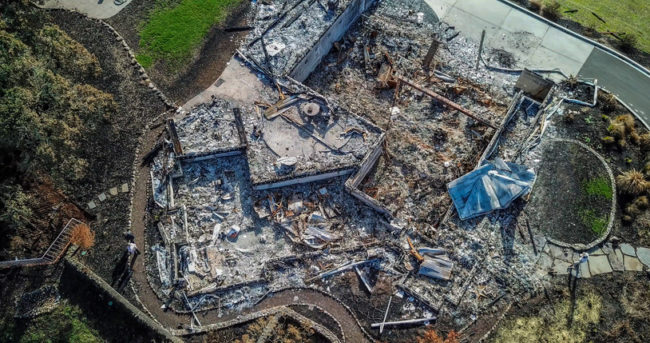Lawsuits involving water contamination have been trending over the past couple years throughout the United States. We’ve seen a shift in the plaintiff’s bar’s focus from pursuing point sources to utilizing traditional product liability theories to support allegations of contamination against manufacturer defendants when the opportunity presents itself. The blue print’s simple – pursue deep pocketed manufacturers where insurance is often available.
The product liability lawsuits against manufacturers of aqueous film forming foam (AFFF) – a firefighting foam utilized at airports and military bases throughout …
Continue Reading








